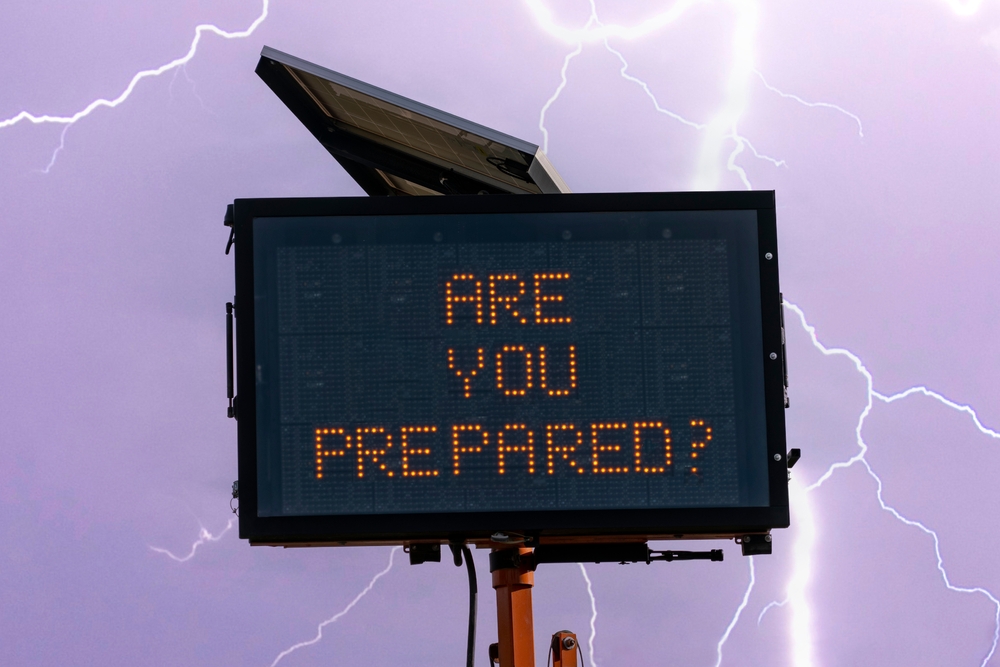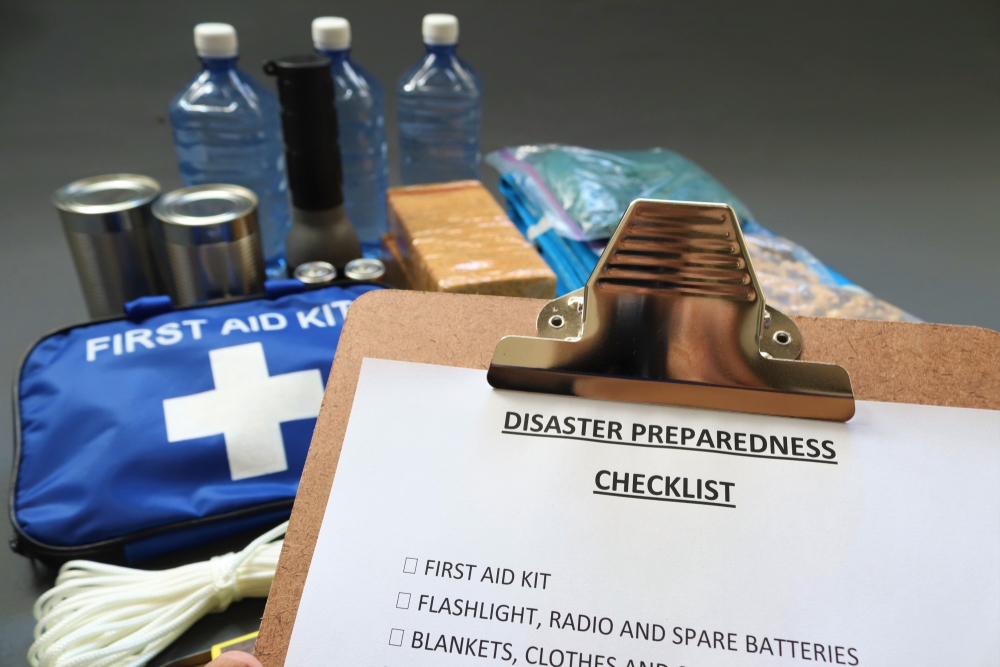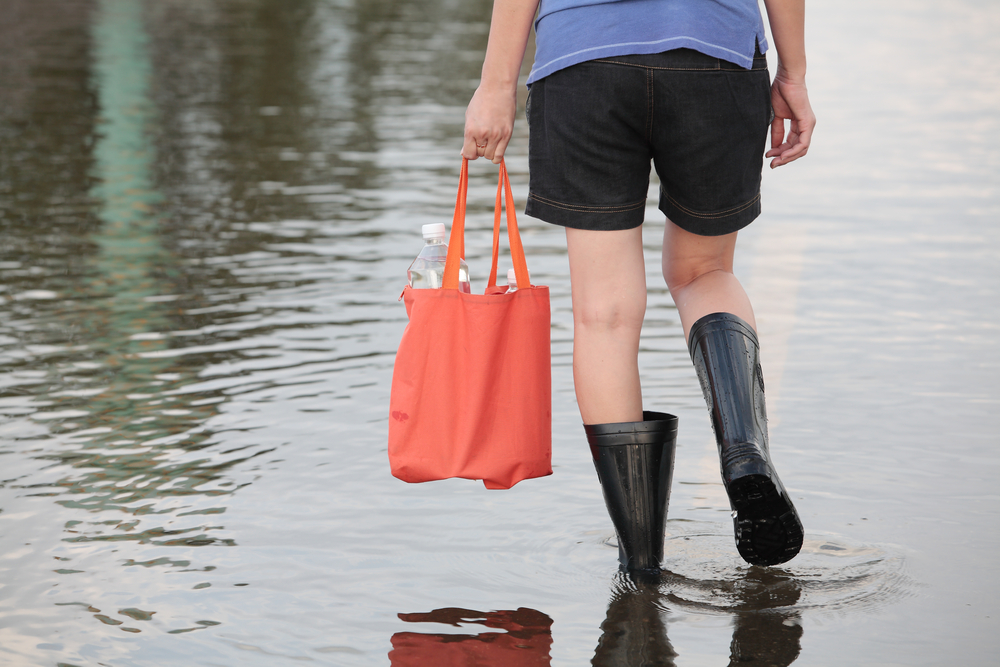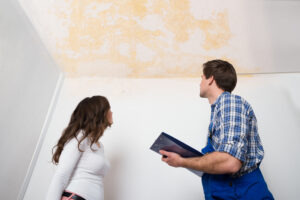Utah boasts breathtaking landscapes and diverse terrain, but it’s no stranger to Mother Nature’s whims. Recent data highlights a growing trend of increased storm frequency and flooding in the state over the past decade. These natural phenomena can wreak havoc on both urban and rural areas, endangering homes and lives.
The consequences of such weather events extend far beyond inconvenience. Stormy weather brings risks like water damage, mold, structural instability, electrical hazards, injuries, and waterborne diseases.
But fear not! If you want practical advice on how to prepare for flooding and storms, you’ve come to the right place. This article will discuss the essential steps to safeguard your home in the face of Utah’s unpredictable weather.
How to Prepare for Storms and Flooding: 13 Tips Utah Homeowners Need to Know
Preparing for Utah storms is not a one-size-fits-all endeavor. However, here’s a curated list of tailor-made tips for Utah homeowners.
Before the storm or flood hits
Before the storm or flood hits, you can take these risk management measures that can make all the difference in safeguarding your home.
1. Check your flood risk
Start by assessing your flood risk using online maps from the Federal Emergency Management Agency (FEMA) and other relevant sources. Knowing how vulnerable your home or property is will help you understand how much you need to prepare.
2. Consider getting flood insurance
The National Flood Insurance Program (NFIP) offers financial protection that can be a lifeline when disaster strikes. Review your insurance policies and document your property conditions beforehand, which will streamline the claims process if needed.
3. Assemble an emergency kit
Prepare a comprehensive emergency kit that includes the following essentials:
- Water
- Non-perishables food
- Flashlights
- A battery-operated radio
- Spare batteries
- A whistle
- Sanitation supplies
- Tarps
- Spare clothing
- Masks
- Tools
4. Prepare your home or property
Secure loose items outside, cover windows and doors, elevate utilities and valuables, and anchor fuel tanks. These measures can significantly reduce storm and flood-related damages. Also, clear gutters and drains to ensure your drainage systems work as intended.
5. Pay attention to weather forecasts and alerts
Monitor weather forecasts and local authorities’ alerts to stay informed of any updates. For timely preparation, you must understand the difference between a watch (favorable conditions to form a storm or flood) and a warning (the storm or flood is imminent).
During a storm of flood
Amid a Utah flood or storm, you must know how to react and prioritize to weather it safely.
6. Prioritize your safety over property protection
Your and your family’s safety should take precedence over all else. You can recover from storm damage only after safely getting through the event. Remaining healthy ensures you can react to any developments and further actions.
7. Stay indoors and avoid windows and doors
One of the safest places you can be is indoors. Find a secure room in the building, away from windows and doors, to shield yourself from flying debris, strong winds, and rising floodwaters. This practice significantly reduces your exposure to hazards.
In case of tornadoes or high winds, it’s best to take shelter in a basement or an interior room. Protect your head and neck with your arms or a sturdy object, mainly when the twister is nearby, or the wind is picking up.
8. Seek higher ground in case of flash floods
Flash floods occur suddenly, so you must be ready. Seek higher ground immediately because they can be extremely swift and powerful. Flash floods can overwhelm low-lying areas, putting lives at risk.
You should also avoid crossing floodwaters. The current can rapidly shift in strength and direction, meaning even driving through them is unsafe. They can also cause invisible electrical hazards, which you should avoid.
9. Follow evacuation orders if issued by local authorities
Each county has a designated emergency broadcast frequency overseen by the National Oceanic and Atmospheric Administration (NOAA). You can find your county’s frequency on the provided list. In a weather emergency, tune into this broadcast for updates and instructions, which may include sheltering or evacuation guidance.
Plan your evacuation route before you leave your shelter. The emergency broadcast may help you identify flooded and impassable areas. Pack essential items and documents in a waterproof bag, and always lock doors and windows before leaving.
After a storm or flood
After the weather event passes, storm remediation begins.
10. Seek medical attention
If you or your loved ones sustained injuries or illness during the weather event, seek medical assistance promptly. Severe storms can also be traumatizing, so don’t hesitate to acquire mental health support.
11. Be cautious when returning
Once the storm or flood subsides, exercise caution when returning to your property. There may still be potential hazards and damage that require attention.
12. Inspect your property
Thoroughly inspect your property for signs of water or structural damage. You should also carefully document these damages for insurance claims, as proper documentation streamlines the process.
Water damage in Utah is particularly serious because you want your home to be ready and structurally sound for the next natural disaster.
13. Contact professional restoration services
If you want to get your property back to normal as soon as possible, it’s best to contact professional residential restoration services. Storm damage companies like All Dry can handle the necessary repair work so you can focus on recovering from your ordeal.
Calamity-Proof Utah: Prepared and Protected
We cannot overstate the importance of readiness and safety. It’s not a matter of if but when these challenges may strike, making proactive measures essential. The crucial steps to take before, during, and after natural disasters highlight the proper response strategy for when they occur.
In times of crisis, you need a reliable partner like All Dry. We specialize in storm cleanup, handling water and storm-related damages, as well as mold removal. Contact us today for all your commercial and residential restoration needs!








